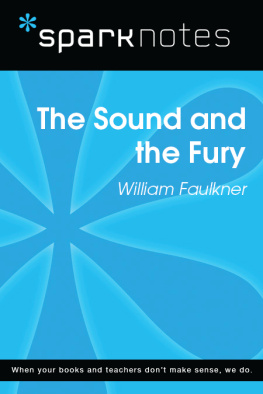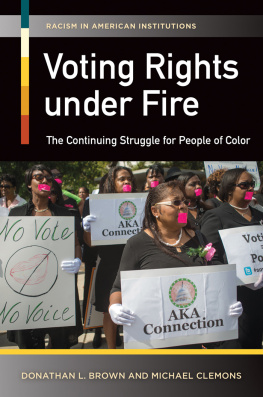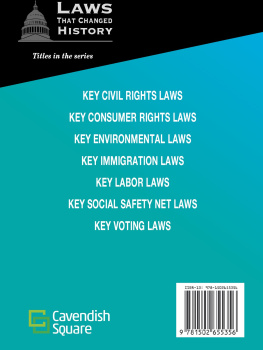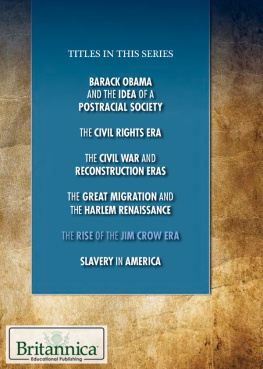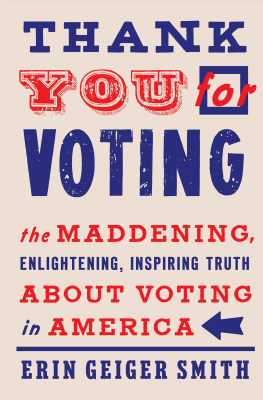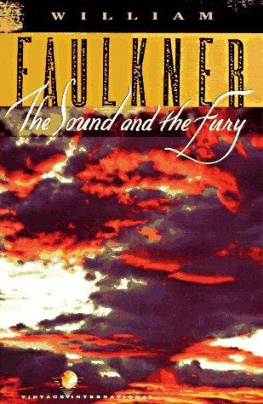Published by State University of New York Press, Albany
2022 State University of New York
All rights reserved
Printed in the United States of America
No part of this book may be used or reproduced in any manner whatsoever without written permission. No part of this book may be stored in a retrieval system or transmitted in any form or by any means including electronic, electrostatic, magnetic tape, mechanical, photocopying, recording, or otherwise without the prior permission in writing of the publisher.
For information, contact State University of New York Press, Albany, NY
www.sunypress.edu
Library of Congress Cataloging-in-Publication Data
Name: Smith, Michael A., 1970 editor.
Title: Much sound and fury, or the new Jim Crow? : the twenty-first centurys restrictive new voting laws and their impact / [edited by] Michael A. Smith.
Description: Albany : State University of New York Press, [2022] | Includes bibliographical references and index.
Identifiers: LCCN 2021040887 (print) | LCCN 2021040888 (ebook) | ISBN 9781438486833 (hardcover : alk. paper) | ISBN 9781438486840 (ebook)
Subjects: LCSH: African AmericansSuffrageHistory. | African AmericansCivil rightsHistory. | African AmericansSuffrageMississippiHistory. | SuffrageUnited StatesStatesHistory. | Voter registrationUnited StatesHistory. | Voter suppressionUnited StatesHistory. | GerrymanderingUnited StatesHistory.
Classification: LCC KF4893 .M83 2022 (print) | LCC KF4893 (ebook) | DDC 342.73/072dc23/eng/20211004
LC record available at https://lccn.loc.gov/2021040887
LC ebook record available at https://lccn.loc.gov/2021040888
10 9 8 7 6 5 4 3 2 1
Chapter 1
Introduction
Michael A. Smith and Chapman Rackaway
Proof of Citizenship in the Unlikeliest of Places
It is not unusual to hear about the Bible in American politics, but in the twenty-first century, it is not usually used as a form of identification. For Jo French and Evelyn Howard, the Bible was used for just that purpose. French, who was born in Arkansas and later moved to Kansas, was unable to get a copy of her birth certificate from Arkansas and had to use a note of her birth in a family Bible to prove her citizenship in 2016 so she could legally vote in Kansas. In 2014, just two years prior, 92-year-old Evelyn Howard presented a Bible to her states chief elections official. Despite having already voted in eighteen presidential elections, Howard was put in a difficult position as she prepared to register and vote, having moved from Minnesota to Kansas in 2013. The family Bible was the only record of Howards birth, and the secretary of state deemed the informal record adequate documentation to allow Howard to vote.
The use of a Bible to prove citizenship by birth was not the only thing Howard and French had in common. They both moved to the state that is in the center of a roiling contemporary controversy over the right to vote. Kansas had become a national touchstone over voting rights, primarily because of the emergence of a single figure: Kris Kobach, an antiillegal immigration activist who served as Kansas secretary of state from 201119. Kobach served as the author and architect of a policy agenda that signaled a significant shift, advising state and election officials in other states while simultaneously spearheading the effort in Kansas. For more than a half-century, reforms at the federal and state levels have focused on the expansion of the voting franchise, but from 20032016, state-level reforms concentrated on restriction of the franchise, particularly in Republican-voting states.
Plan of Book
After a brief introduction, this book begins with an in-depth consideration of the history of voting rights in the United States, starting shortly before the Civil War and continuing through the present day. The discussion shows how the arc of this story includes two periods of reconstructionthe time period and associated policies formally known as Reconstruction, immediately following the Civil War, and a second period of reconstruction that consisted of civil rights activism, court rulings, and constitutional amendments that occurred primarily during the mid-to-late twentieth century, reaching its zenith with the passage of the Voting Rights Act in 1965.
The two periods of reconstruction included a host of changes intended to expand the franchise for people of colorAfrican Americans in particular. Not only did African American former slaves and their descendants gain the right to vote, but many who participated in the confederacy, including hundreds of thousands of Confederate States of America (CSA) veterans, were stripped of their own voting rights due to their role in the rebellion. Numerous African American officials were elected to public office by a dramatically changed electorate after the ratification of the Fifteenth Amendment in 1870. The end of Reconstruction and the resurgence of states rights brought all of this to an abrupt halt, with numerous chicaneries such as the grandfather clause, the poll tax, literacy tests, and egregiously gerrymandered districts. All of this began before the election of 1876, but accelerated dramatically afterward, due to the political compromises that Republicans made with the South to end the electoral deadlock of that years presidential election. The chapters author calls this backlash the first of four Mississippi Plansreactionary policies meant to roll back gains in voting rights. During the Second Mississippi plan, beginning in 1889, violence and fear were added to the other measures as a way of denying African Americans access to the ballot box. The Ku Klux Klan, which grew rapidly during this era and reached its membership peak in the 1920s, joined other terror groups in using lynchingoften threatened, sometimes carried outto intimidate their targets away from voting. During this period, the federal government and courts frequently turned a blind eye, while some state governments, particularly in the South, actually encouraged the practice, with the white Citizens Councils of Mississippi being a particularly stark example.
The Third Mississippi Plan was a reaction to the second reconstruction era, and it began in the 1970s. The author argues that this era saw yet more attempts to weaken the votes of African Americans, though the means of doing so became more subtle. Methods included at-large elections and multimember districts using winner-take-all voting, which both had the effect of preventing the creation of many minority-majority districts, which in turn may have elected people of color to office. This era was something of a mixed bag for voting rights. It included the Voting Rights Act Amendments of 1992, which called for the drawing of more majority-minority districts. It also included the National Voter Registration Act of 1996 (NVRA), popularly known as Motor Voter, which provided for voter registration at state Department of Motor Vehicles (DMV) offices, created a federal registration form, and included provisions meant to sharply curtail voter caging. However, numerous anecdotal accounts make it clear that caging is still happening despite the NVRA.


